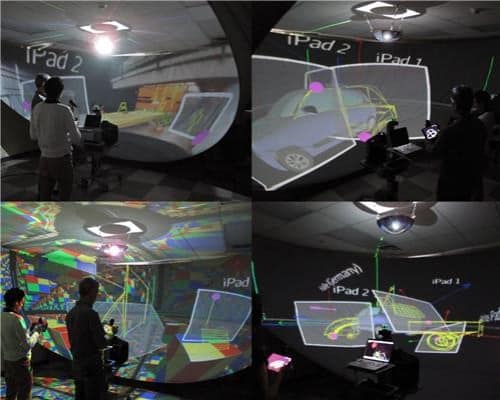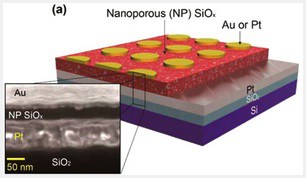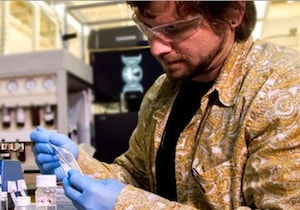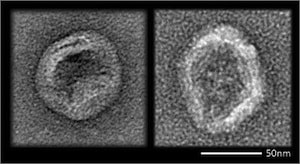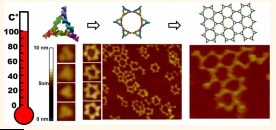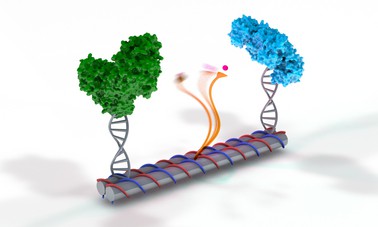What 3D printers are doing to facilitate fabrication, 3D drawing programs are surpassing to facilitate design. As described at ScienceDaily.com, two systems referred to as “powerful” and “spectacular” are being highlighted at the SIGGRAPH 2014 conference in Vancouver this week: True2Form (out of University of British Columbia) brings 2D sketches into 3D (excerpt from SD… Continue reading Big computation brings your ideas into 3D
Big computation brings your ideas into 3D
